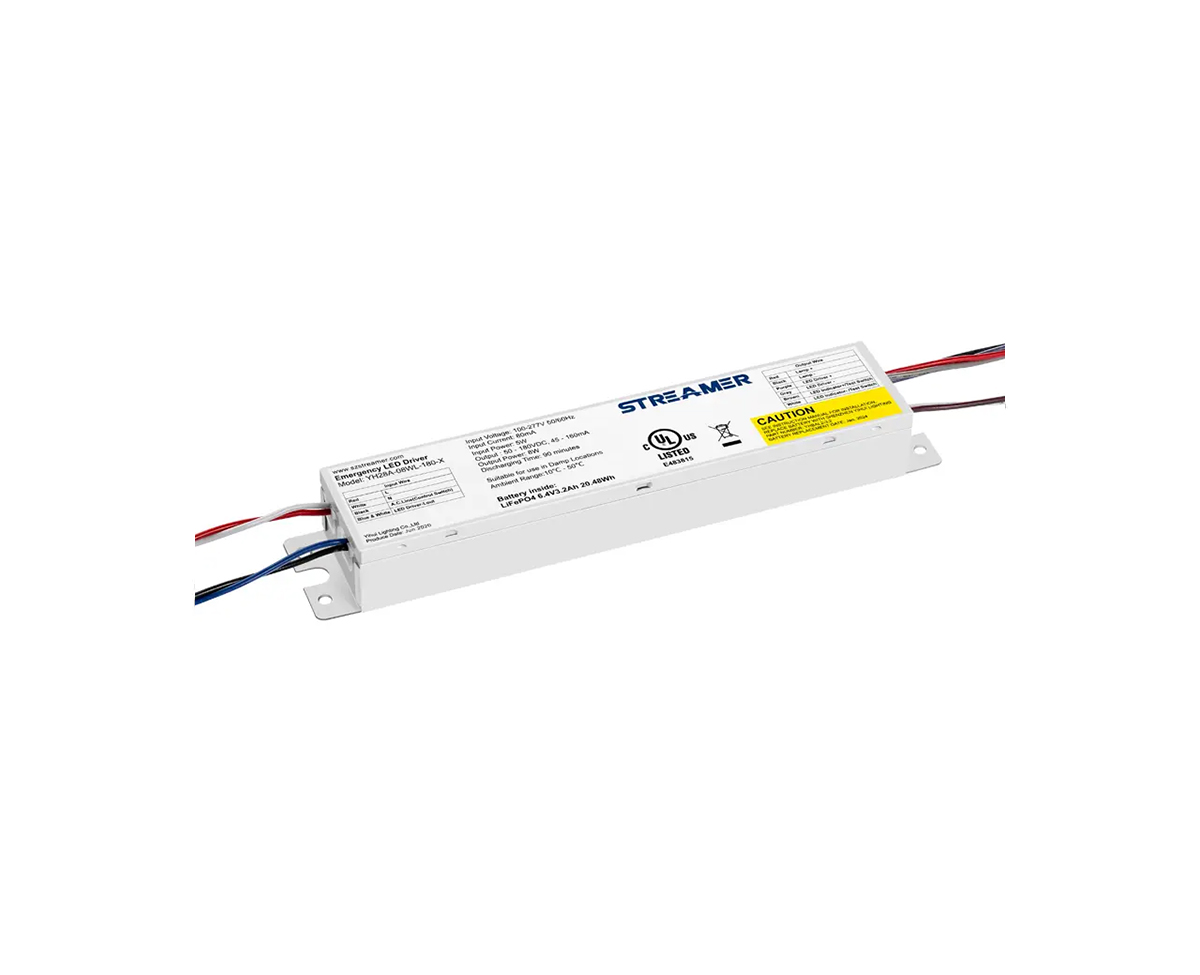 1
1
 Jun 06, 2025
Jun 06, 2025

The cooling fan in an LED emergency converter plays a vital role in maintaining the optimal operating temperature of the converter's internal components, ensuring its reliable performance and extending its lifespan. LED emergency converters generate heat during operation, especially when they are under heavy load or operating continuously. Excessive heat can cause the components to degrade, reducing the efficiency of the converter and potentially leading to failures.
The cooling fan works by drawing in cool air from the surrounding environment and expelling the hot air generated within the converter. The airflow created by the fan helps to dissipate the heat from critical components such as the power transistors, capacitors, and the battery management circuit. To ensure effective heat dissipation, the design of the cooling fan and its placement within the converter are crucial. The fan should be positioned in a way that allows for maximum air circulation around the heat - generating components.
There are different types of cooling fans available for LED emergency converters, including axial fans and centrifugal fans. Axial fans are commonly used due to their simple design and relatively low cost. They move air parallel to the axis of rotation, providing a straightforward airflow path. Centrifugal fans, on the other hand, can generate higher air pressure, making them suitable for converters that require more intensive cooling in confined spaces. When selecting a cooling fan for an LED emergency converter, factors such as fan speed, airflow capacity, noise level, and power consumption need to be carefully evaluated to ensure that the fan can effectively cool the converter while meeting the specific requirements of the application.